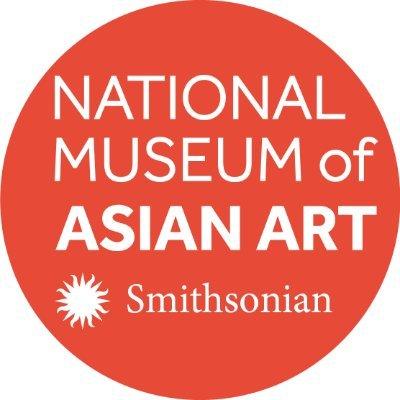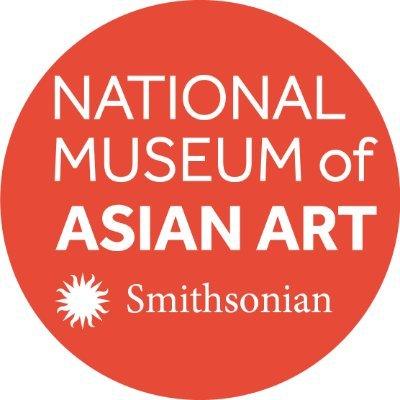The Smithsonian’s National Museum of Asian Art (NMAA) announced a new exhibit that will be on display in the Freer Gallery of Art from Nov. 18, 2023 to May 4, 2024.
The exhibit, titled “Whistler: Streetscapes, Urban Change,” will feature over 100 works by American painter James McNeill Whistler (1834-1903), an artist known for his full-length portraits and paintings of London at night. The exhibition consists of a collection of oil paintings, pastels, watercolors and prints that showcase Whistler’s engagement with the social and economic transformations in European urban landscapes during the 19th century.
Whistler used an Asian-inspired style called Japonisme in his work, according to Michelle Wang, an associate professor of art history at Georgetown University who teaches Asian art history courses from the premodern to modern eras. Wang said the work involved the mixing of objects from different Asian cultures.
“Despite never traveling to Asia, Whistler collected and was particularly inspired by Japanese woodblock prints: their bright colors and asymmetrical compositions,” Wang wrote to The Hoya. “He was drawn to the aesthetics of Asian objects and did not hesitate to mix objects from different cultures in his works.”
One of Whistler’s most famous works, the Peacock Room, is an example of this blending of cultures, according to Wang.
“From the 1860s, he featured Asian garments and objects in his paintings,” Wang wrote. “For example, in The Princess from the Land of Porcelain, which is displayed in the Peacock Room at the National Museum of Asian Art, he painted a model, Christina Spartali, wearing a Japanese kimono and standing in front of a Japanese folding screen and a tall blue and white Chinese porcelain vase.”

The themes of the exhibit, curated by David Park Curry, speak to modern challenges facing the Washington, D.C. area. These issues include the closure of small businesses and the expulsion of working-class communities from urban centers.
Many of the neighborhoods that Whistler documented in his art were torn down shortly after he painted them. They were redeveloped as the cities underwent industrialization and urbanization.
The exhibit partners with Anacostia and Capitol Hill community members to explore how Whistler’s artwork speaks to their reality. One such partner is the 11th Street Bridge Park Project, a community-based project creating an elevated public park connecting D.C. neighborhoods separated by the Anacostia River.
These community partnerships allow the exhibit to bring in fresh perspectives to the collection, according to Diana Greenwold, the Lunder Curator of American Art at the NMAA.
“Curry’s intellectual rigor and our collaboration with local partners means this exhibition treads new scholarly and programmatic ground,” Greenwold said in a Smithsonian news release.
Whistler also had a profound impact on the founding of the National Museum of Asian Art, according to the Smithsonian news release. Whistler helped cultivate Charles Lang Freer’s interest in Asian art, resulting in a collection that would later become the Freer Gallery of Art in the NMAA.
“Freer put together the largest collection of Whistler artworks in the world (over 1200 items) and we can see many examples of Whistler’s work, including the famous Peacock Room, in the museum today,” Wang wrote.
Chase F. Robinson, director of the NMAA, also emphasized the importance of Whistler to the museum and the art community.
“James McNeill Whistler is an integral part of our museum’s history,” Robinson said in the news release. “In our second century, we are transforming the National Museum of Asian Art into a space that welcomes a wide range of visitors to convene, learn and interact with Asian art and cultures and the art of the United States.”
Correction: This article headline was updated on Sept. 7 to more accurately represent what the Whistler exhibit showcases. Additionally, all acronyms of the National Museum of Asian Art now show as NMAA instead of SNMAA. The exact position of Prof. Wang was also clarified.





















